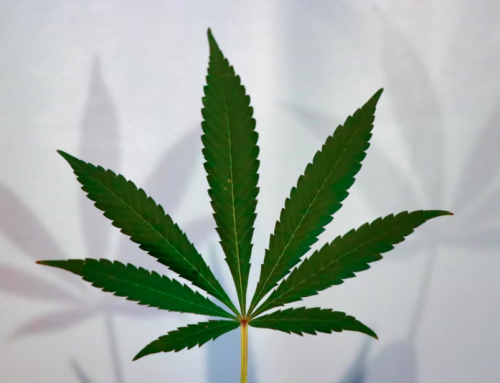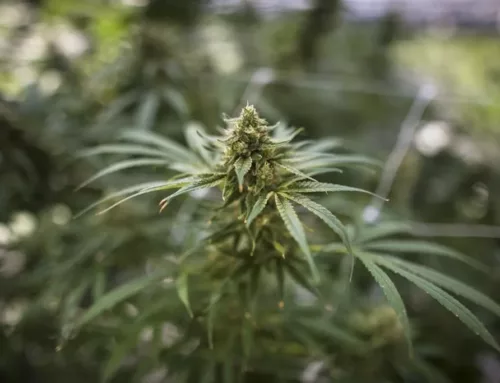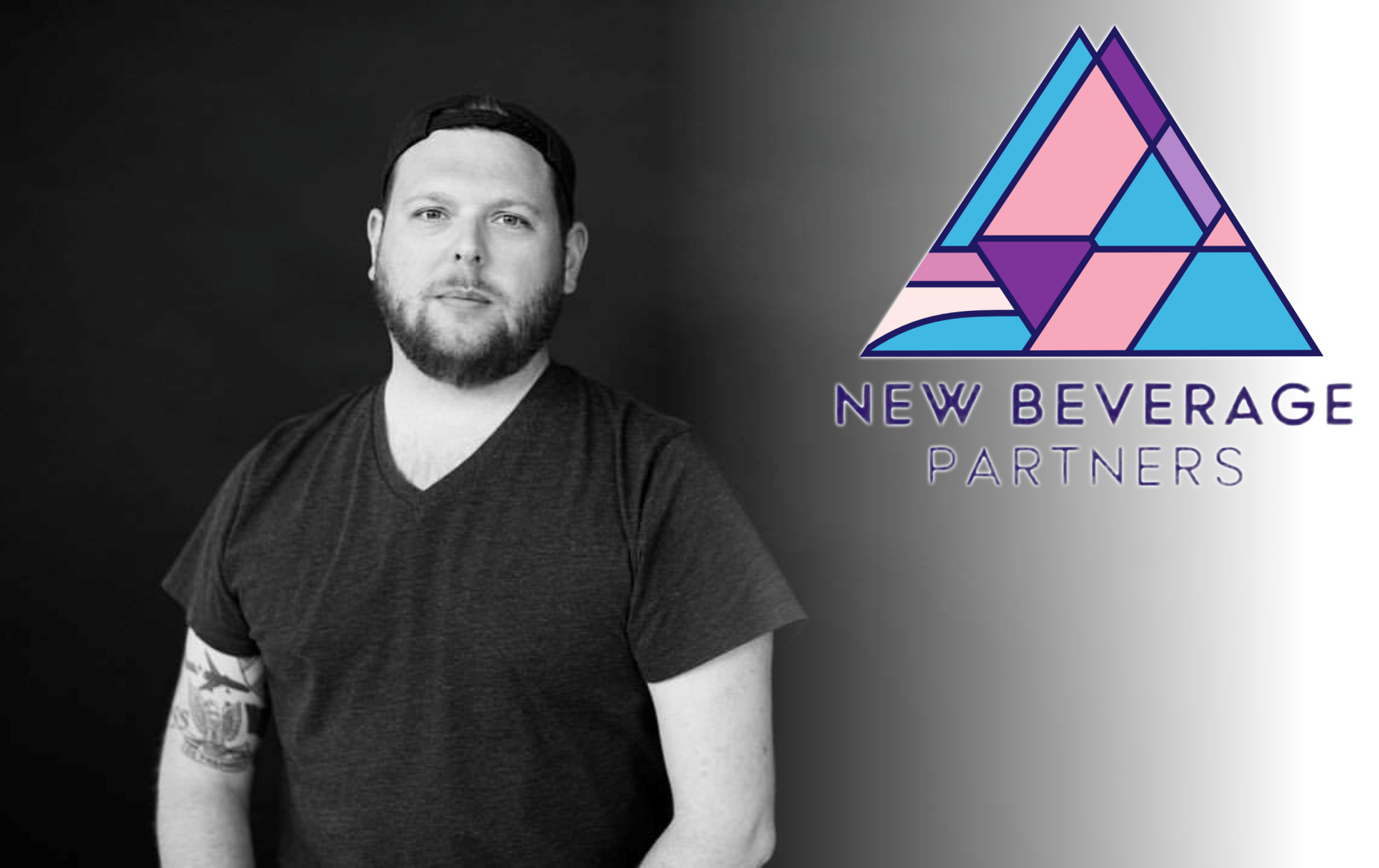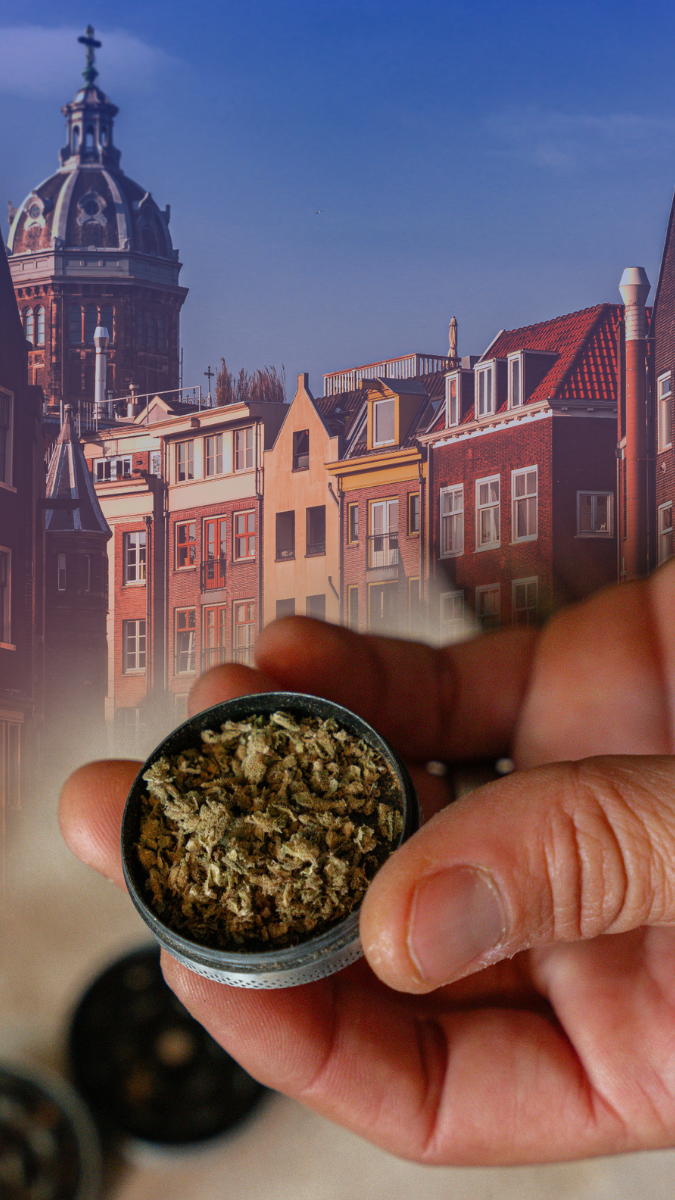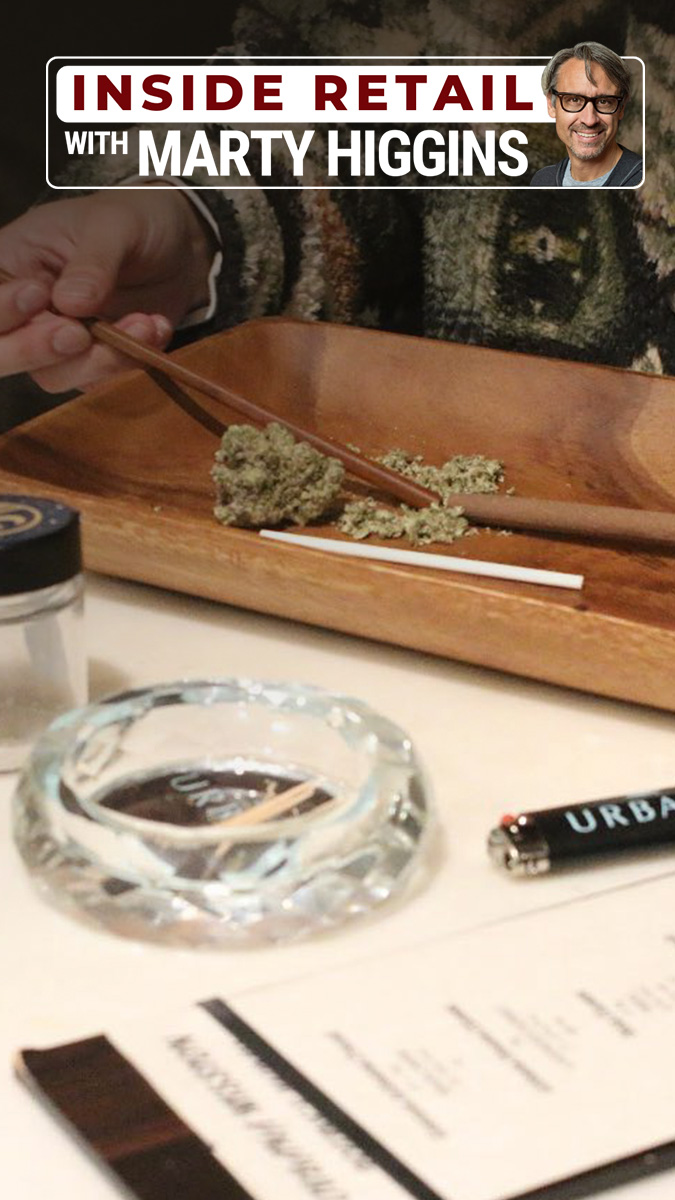Heroes of cannabis legalization
Hui-lin Lifrom 100 AD
The Chinese botanist noted the medical properties of the plant for inducing sleep in pained patients, paving the way for surgical anesthetic. The chinese term for anesthesia- mázui- literally means ‘cannabis intoxication.’
Nicholas Culpeper 1616-1654
“The British herbalist Nicholas Culpeper (1616–1654) wrote ‘The English Physitian’ that hemp extract can assist with Inflammations, and was a useful pain suppressant. Knots in the Joints, the pains of the Hips. Culpeper’s preparation probably had little psychoactivity as native cannabis grown in northern latitudes has relatively low tetrahydrocannabinol (THC) content.”
Napoleon 1799
Napoleon invades Egypt with forces that include a scientific expedition team. In addition to discovering the Rosetta Stone, the team brings cannabis back to France in 1799. The cannabis was investigated for its pain relieving and sedative effects in Europe and became more widely accepted in Western medicine.
The Jamestown settlers 1611
The Jamestown settlers brought the hemp plant, to North America, and throughout the colonial period, hemp fiber was an important export. In 1762, Virginia awarded bounties for hemp culture and manufacture, and imposed penalties on those who did not produce it.
William Brooke O’Shaughnessy. 1809-1889
Doctor born in Limerick in 1809. Studied many sciences in the then prestigious University of Edinburgh. Became a famed toxicologist, and joined the East India Company to become a surgeon. Between 1833 and 1841, noticed the medicinal uses of opium and cannabis. Many diseases like cholera, rabies, or tetanus were frequently slow, painful deaths due to the effects. He noted that the pain relief supplied by cannabis minimised the body’s violent, self destructive responses to illness: such as the convulsions, muscle spasms, or chronic dehydration. While he couldn’t always save the patients, he discovered that when the suffering is minimised, the body responds with more rationale to illness, enabling a far more comfortable state for the patient while their body attempts to heal. Died in 1889 at 80 years old.
He was knighted, but changed his name to William O’shaughnessy Brooke to accept a family inheritance.
He published ‘The Bengal Dispensatory’ in 1842 and the ‘Bengal pharmacopeia’ in 1844. It was described as “the most comprehensive assessment of the properties of cannabis undertaken at the time”
He is the origin to medical cannabis today.
Gautier- the Club des Hashischins 1844-49
An exclusive Parisian group of 151 scientists exploring the effects of cannabis- established by Gautier.
Elite experts were invited to a monthly seance to try cannabis recreationally, exploring its effects as professionals. When they stopped the gatherings five years later, they noted it was only because they chose to have their sobriety to keep clear heads- not because it had damaged or changed them neurologically or physically.
Moreau 1804-1884
Moreau was a sociological expert, specializing in social alienation. After years of studying the effects of cannabis with the Club des Hashischins, he published the book ‘hashish and mental alienation’ where he establishes his exploration of effects of cannabis regarding his competence during a high, his delirium, and his shift in dream states. From this, he noted its usefulness in mental illness and means of treating social effects of individuals that can’t always engage in society, including illnesses such as melancholia and migraines.
It’s because of their respect and renowned nature as professionals that others came to realise the harmlessness and benefits of recreational cannabis. This opened new markets around its consumption, as many could trust endorsements from Moreau.
Brownie Mary 1922-1999
Mary Jane Rathburn was an American rights activist specializing in cannabis reformation. Following the San Francisco AIDS and HIV crisis (as an influx of homosexual men migrated there due to a more forward thinking society), Rathburn would often give brownie edibles to sick patients to ease their chronic pain, which led to formal medical trials.
She was arrested three times, with each arrest forwarding the positive message of cannabis legalization and assisting her lobbying campaigns.
Allegedly, her most positive factor was her grandmotherly appearance. As cannabis had been criminalised to alienate and ease the arrest of black and latino Americans, her contrary nature as a white mother helped rationalize and minimise the stigma surrounding cannabis.
“I make them for the worst of the patients. The ones on chemotherapy and the ones wasting away. I pick out the worst of the worst and turn them on.”
“It’s all about politics, and it’s stupid”
Raphael Mechoulam 1930
Bulgarian natural products chemist (specialises in botanic medicine) who expresses the science of cannabis in a purely objective sense to rationalize and help understand it. He is understood as the ‘father of cannabis research’ with a Lifetime Achievement Award.
Steve DeAngelo 1958- present
American cannabis rights activist and advocate for cannabis reform in the United States.
DeAngelo is a globally recognized cannabis leader who was dubbed “The Father of the Legal Cannabis Industry”
He has organized grassroots community campaigns and appeared on national television networks advocating for legalization, and created a model medical cannabis dispensary.
Jim Gray 1945
He is the author of Why Our Drug Laws Have Failed and What We Can Do About It – A Judicial Indictment of the War on Drugs (2001)
In early 2011 Gray was one of the four co-sponsors of an initiative called Regulate Marijuana Like Wine. Had it passed, the initiative would have regulated cannabis consumption and production like wine in California.
Michael Donovan (inspired by William Brooke).

















